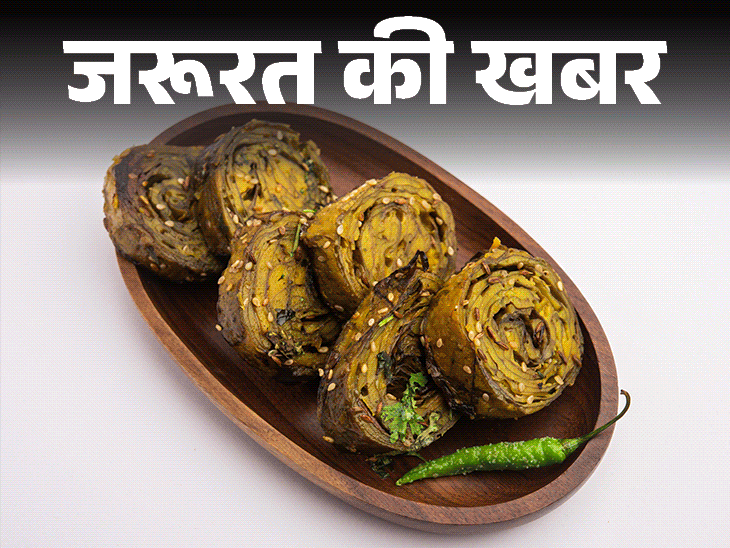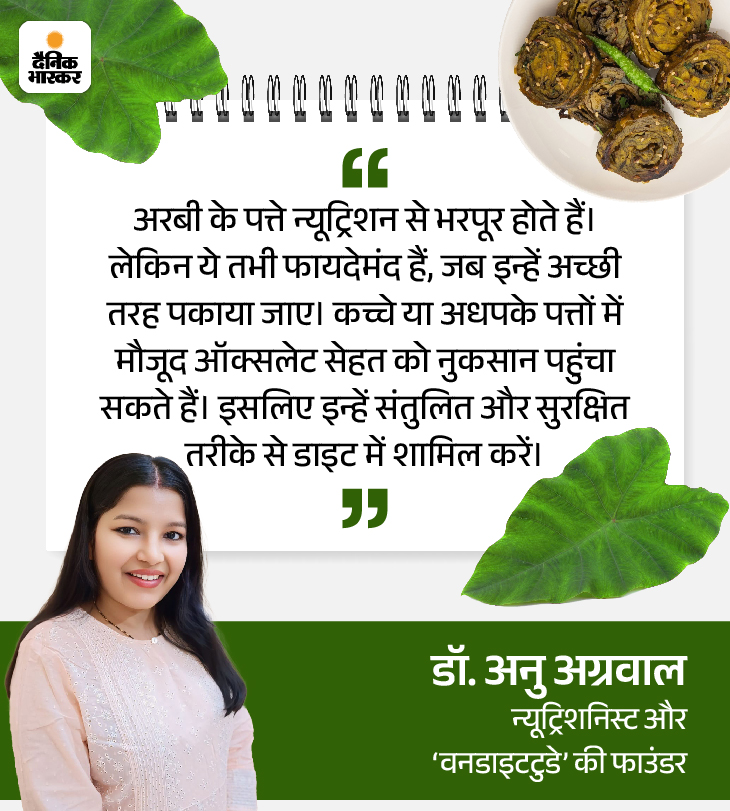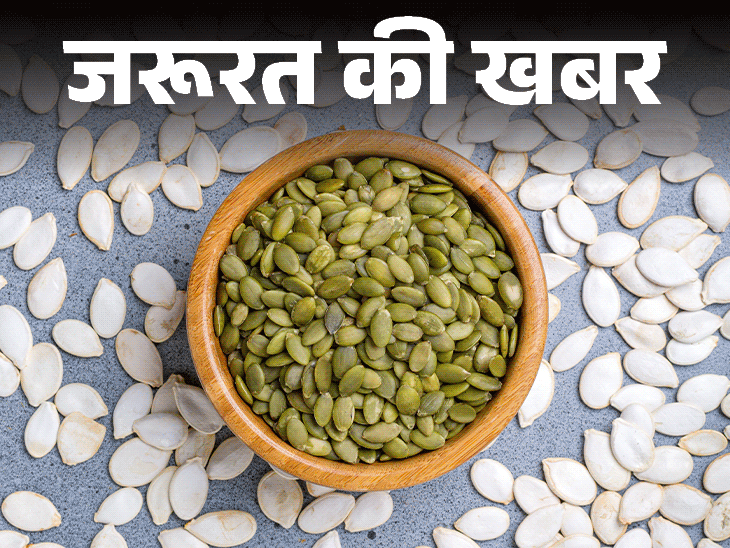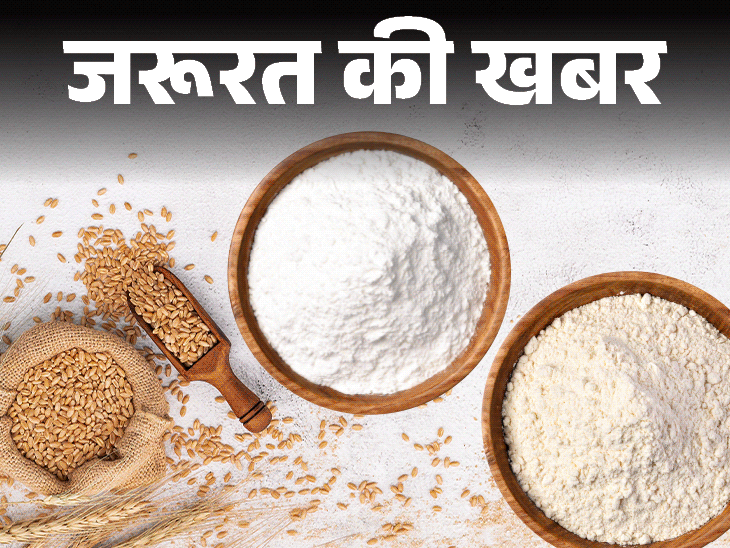4 minutes agoAuthor: Shivakant Shukla
- Copy link

Rain Experts recommend avoiding green leafy vegetables in the season because they can be infected quickly. But there is also a leafy vegetable that is easily available in this season and is eaten with great fervor. This is the Arabic leaf, which is also called ‘Ghuni’s leaf’. In English it is called Taro Leaves.
This vegetable with green leaves of heart shape is delicious as well as a treasure of health. Nutrients and antioxidants like vitamin C, vitamin A, folate and calcium present in it help the body to fight diseases. This is the reason that when the rest of the leafy vegetables are advised not to eat in the monsoon, then dishes made from Arabic leaves are traditionally eaten.
According to a study published in ‘Science Direct’, Arabic leaves have antioxidative, anti-diabetic, anti-cancer, antimicrobial and antiinflammatory properties, which are helpful in protecting against many diseases including arthritis and high blood pressure.
So let’s today News of the need In we will talk about the health benefits of Arabic leaf. Will also know that-
- What nutrients are found in Arabic leaves?
- Who should not eat Arabic leaves?
Expert: Dr. Anu Aggarwal, Nutritionist and Founder of ‘OneDettude’
Question- What nutrients are found in Arabic leaves?
answer- According to the United States Department of Agriculture (USDA), Arabic leaves are rich in many essential nutrients. These leaves are less calories and high fiber. Also, such vitamins and minerals are found in them, which strengthen from immunity to heart health and bones. Know the neutral value of a cup of a cup ie about 145 grams of baked Arabic leaf from the graphic below-

Question- How beneficial are Arabic leaves for our health?
answer- The diets present in Arabic leaves are helpful in controlling blood pressure. Due to cholesterol free and high fiber, they reduce the risk of heart disease. Antioxidants such as vitamins C and polyphenols present in them protect the body from free radicals and make immunity strong.
It is a good source of vitamin A, which is beneficial for eye light. Due to low calories and high fiber, they control hunger and are helpful in weight loss. The amino acid called threonin found in it helps to become collagen and elastin, which keeps the skin tight and young. Understand the health benefits of Arabic leaves from the graphic below-

Question- How can Arabic leaves be included in your diet?
answer- Arabic leaves can be included in food in many delicious and nutritious methods. Such as-
- They are rolled by applying gram flour and spices on Arabic leaves, then cooked and fried in steam. It is a delicious snack, especially preferred in monsoon. It is known by many names.
- Arabic leaves can be cut and made in vegetable or gravy curry with potatoes, gram or moong dal.
- Paratha can be made by mixing the leaves finely in flour.
- By boiling or grinding it can also be mixed in vegetable soup or stew.
- In Gujarat and Maharashtra, it is also used in Idli, Dhokla or other fermented dishes.
- Tasty vegetables can be made by roasting ripe leaves in boiled or steam with light spices.
Question- What is the right way to cook Arabic leaves?
answer- Eating raw Arabic leaves can be dangerous because they contain an element called oxalate, which can cause problems like throat irritation or kidney stone. Therefore, it is very important to prepare and cook them properly to make any dish.
For this, first choose fresh, green and stained leaves. Cut the stalks and wash the leaves thoroughly in the running water. If there is time, soak the leaves in water for some time. This removes some oxalates.
Boil the leaves for at least 10-15 minutes until they become completely soft. This is very important because it destroys poisonous elements. Now you can use boiled leaves for your dish.
Add sour things like lemon, tamarind or curd to it when cooking or after cooking. These oxalate help in neutralizing. Keep in mind that while cutting the raw leaves, there may be burning or itching in the hands, to avoid it, definitely wear gloves.

Question- Can there be any problem by eating more Arabic leaves?
answer- Yes, excessive intake of Arabic leaves can cause some health problems. Especially when they are eaten under half or raw or any health conditions already existing. Eating it more can cause some people to get gas, blotting, abdominal pain, throat prick, burning or itching. So eat it once or twice a week.
Question- Who should not eat Arabic leaves?
answer- The oxalate present in Arabic leaves can form kidney stone in the body together with calcium. Therefore, people suffering from any problem related to kidney and who have oxalate sensitivity, should not eat Arabic leaves. Apart from this, people suffering from any chronic health condition and children and pregnant women are required to seek the advice of a doctor before eating it.
,
Also read this news of the need
News of the need- Pumpkin seeds boon for health: Sperm quality should be better, relief in insomnia, who should not eat

According to a study published in the National Library of Medicine, the essential vitamins, minerals, antioxidants and healthy fats present in pumpkin seeds are not only helping to increase immunity, but are also extremely beneficial for heart, diabetes, cancer, liver disease, dysestible and mental health. Read full news …



